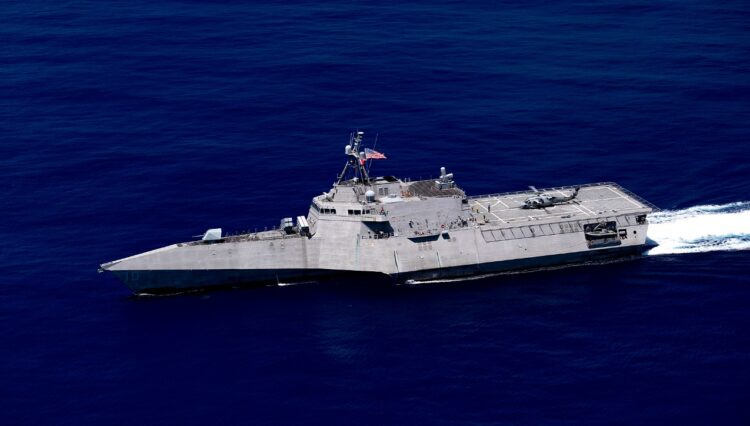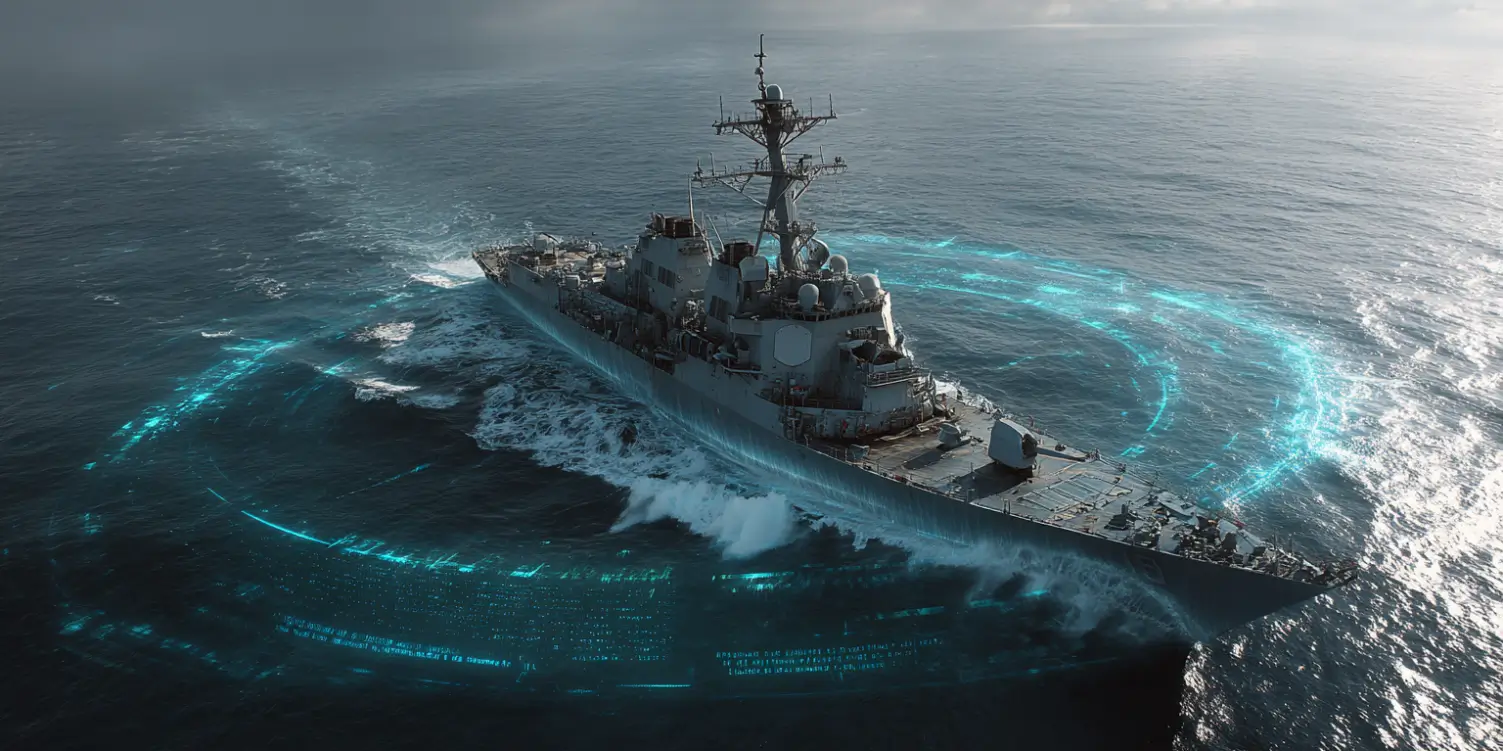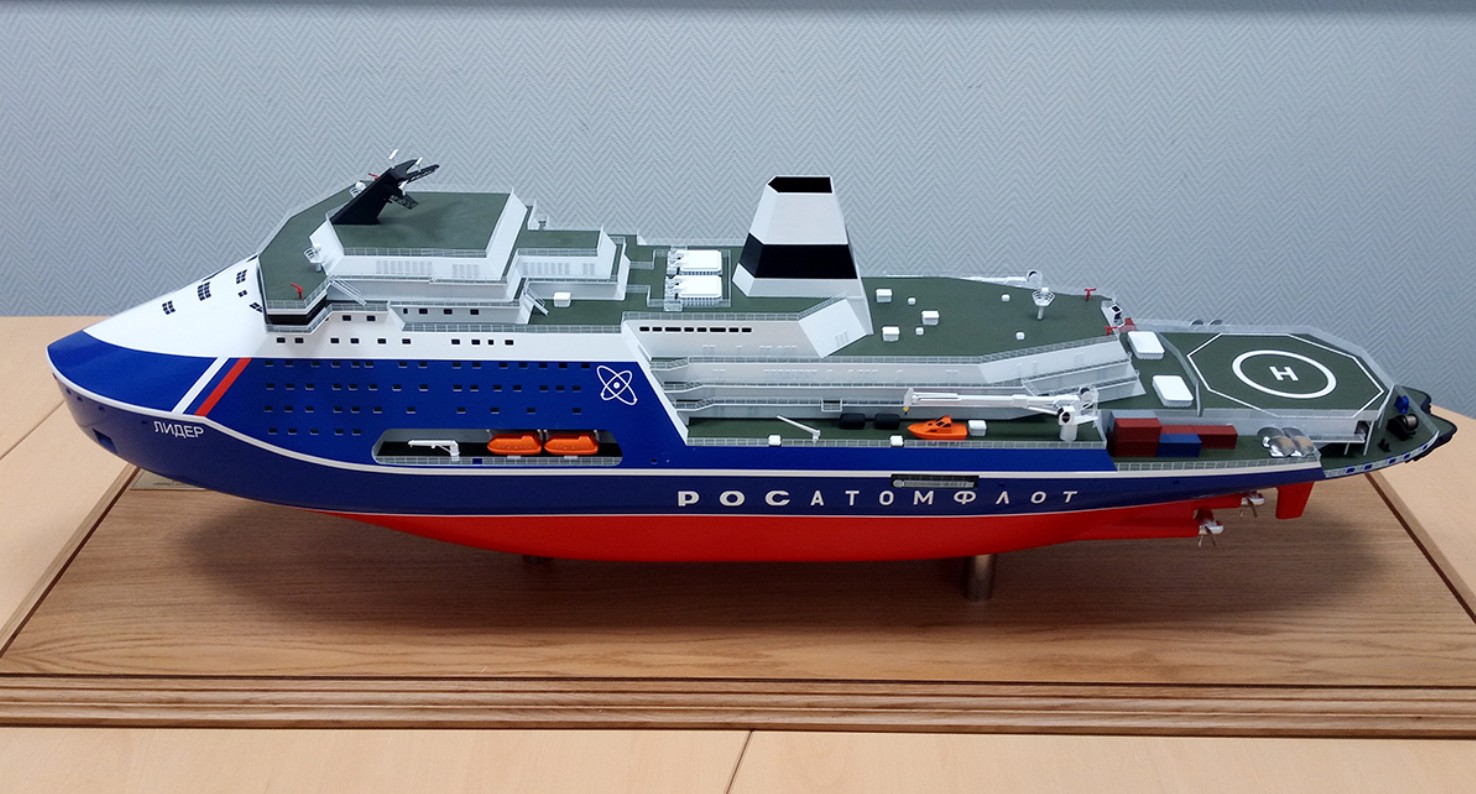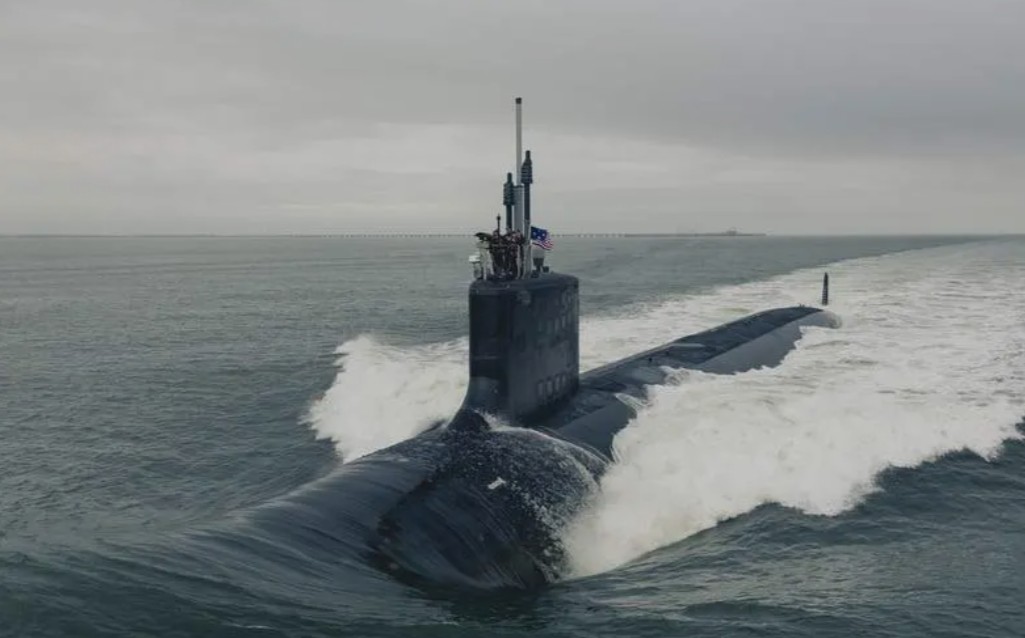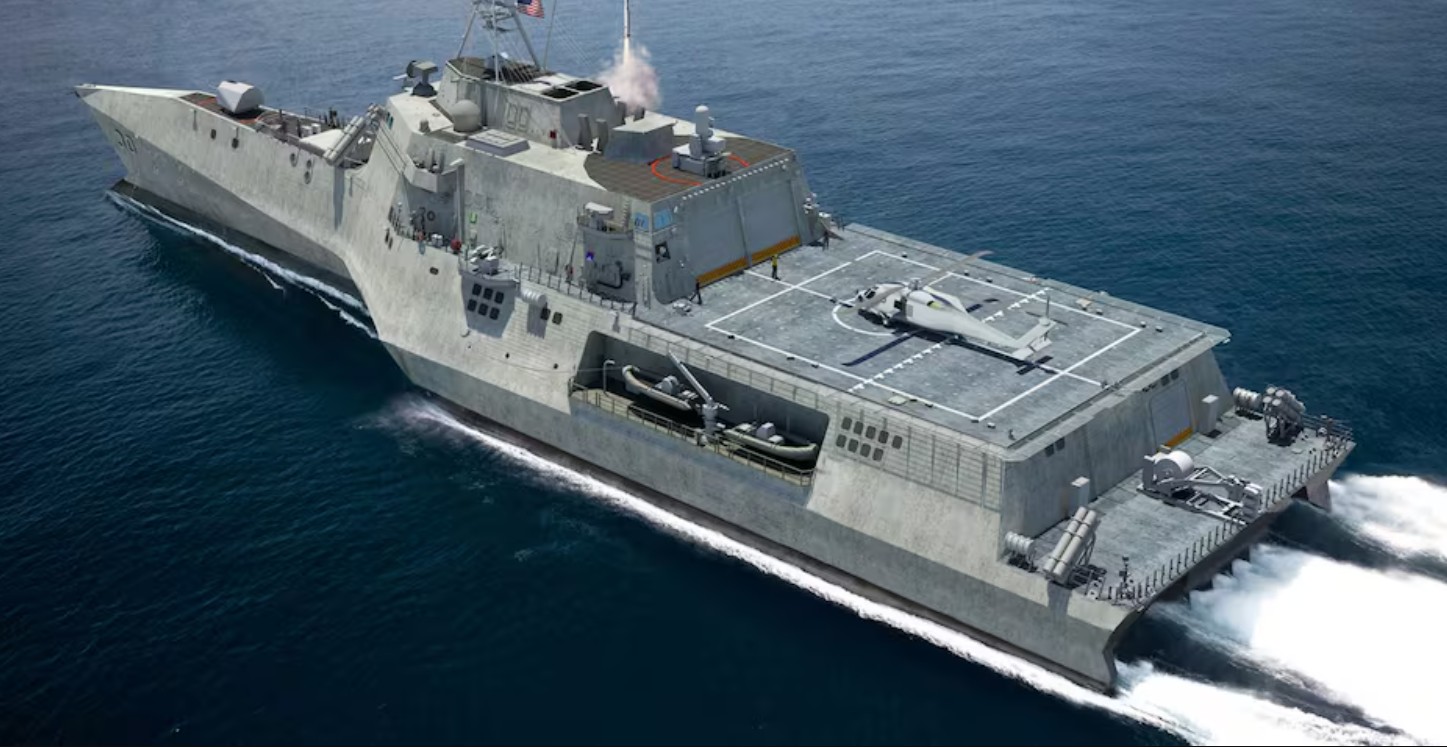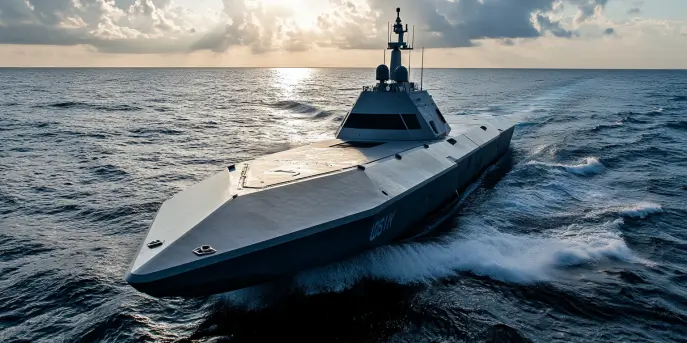The future USS Pierre (LCS 38) is a noteworthy addition to the line of Littoral Combat Ships, designed to offer versatility and strength in a multitude of maritime roles. Named after the capital city of South Dakota, Pierre, this ship is part of a fleet that continues to evolve the United States Navy’s capabilities in littoral, or close-to-shore, regions.
Design and Construction
Like its predecessors, the future USS Pierre is built to operate in shallow waters where larger ships cannot maneuver as effectively. The LCS class is known for its speed and agility, allowing it to respond swiftly to threats that might emerge near coastlines. Built using modular design techniques, the Pierre is equipped to handle a variety of tactical scenarios, thanks to its reconfigurable mission packages.
The construction of LCS 38 involves state-of-the-art techniques and materials. Its lightweight aluminum superstructure contributes to its high speeds and fuel efficiency, which are critical for extended operations without frequent refueling. These materials also help reduce the ship’s radar signature, enhancing its stealth capabilities.
Capabilities
The USS Pierre is expected to serve multiple roles including mine countermeasures, anti-submarine warfare, and surface warfare missions. Its mission packages can be changed to fit the operational needs, which makes it a formidable asset in various conflict scenarios.
- Mine Countermeasures: Utilizes unmanned drones and systems to detect, neutralize, or avoid mines effectively.
- Anti-Submarine Warfare: Equipped with sonar systems and advanced torpedoes for detecting and engaging submarines.
- Surface Warfare: Features an array of missiles and guns to engage surface threats efficiently.
The ship’s ability to host a variety of aircraft, including helicopters and unmanned aerial vehicles, extends its operational reach and flexibility.
Technical Specifications
| Feature | Specification |
|---|---|
| Length | Approx. 115 meters (378 feet) |
| Beam | Approx. 17.5 meters (57 feet) |
| Speed | Over 40 knots |
| Crew | About 50 core crew members, with additional personnel depending on mission |
| Range | Approximately 3,500 nautical miles |
Technological Innovations
The USS Pierre incorporates various cutting-edge technologies to enhance its effectiveness and survivability. One of its key features is its advanced network systems, which integrate with the wider naval force for cohesive operations. This network-centric approach allows real-time data sharing, offering a strategic advantage in fluid combat environments.
The ship’s weaponry and defense systems are also on the forefront of maritime technology. With capabilities for electronic warfare and robust defense against missiles and other threats, the USS Pierre stands as a testament to modern naval strategy.
Operational Role and Impact
As part of the U.S. Navy’s diverse fleet, the USS Pierre will play a critical role in maintaining freedom of navigation in contested regions. Its deployment will ensure that the U.S. can project power and provide security in littoral zones, an area gaining strategic importance due to geopolitical shifts.
The multifaceted nature of the LCS fleet, demonstrated through ships like the USS Pierre, caters to new-era naval warfare which requires agility, adaptability, and rapid response. With shifting defense demands, ships of this class are crucial in countering asymmetric threats and ensuring maritime dominance.
A Look Ahead
As we look towards the future, the inclusion of the USS Pierre in the Navy’s lineup signifies ongoing evolution in naval combat strategies. It embodies the future of maritime warfare with an emphasis on flexibility, technology, and response capability. Operational success will largely depend on these factors, making the USS Pierre a vital component of strategic naval operations for years to come.
